Home>Ideas and Tips>How To Choose The Right Paint Colors For A Small Bathroom
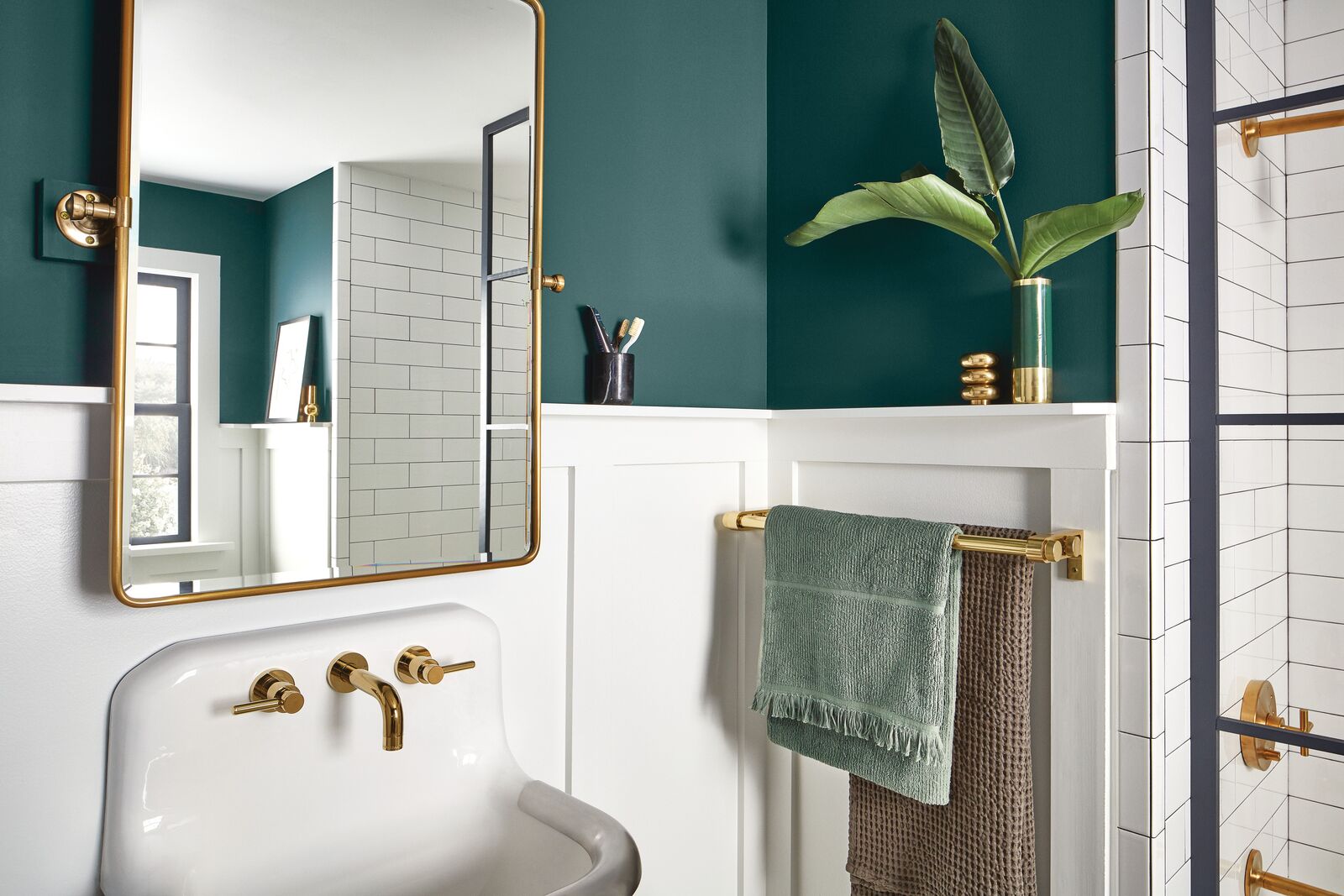

Ideas and Tips
How To Choose The Right Paint Colors For A Small Bathroom
Modified: October 28, 2024
Discover how to choose the perfect paint colors for your small bathroom to enhance brightness, functionality, and style. Expert tips included!
(Many of the links in this article redirect to a specific reviewed product. Your purchase of these products through affiliate links helps to generate commission for Storables.com, at no extra cost. Learn more)
Choosing the right paint colors for a small bathroom can be a daunting task, especially when you consider the unique challenges that come with this type of space. Unlike larger rooms, small bathrooms often lack natural light, which can make the selection process even more critical. In this article, we will guide you through the steps to choose the perfect paint colors for your small bathroom, ensuring it not only looks great but also functions well.
Understanding Your Bathroom's Function
Before diving into paint colors, it's essential to understand the function of your bathroom. Is it a powder room or a full bathroom where you or your guests will be showering, putting on makeup, and shaving? The purpose of the room will significantly influence your color choice.
Powder Room vs. Full Bathroom
-
Powder Room: In a powder room, you typically don't need to see everything clearly. The primary function is to provide a quick, private space for guests. Darker colors can work well in these spaces because they create a cozy atmosphere and don't require much visibility. For example, a dark olive green can create a dramatic look without needing much light.
-
Full Bathroom: If your bathroom is used daily for showering, makeup application, and other personal hygiene activities, you'll need lighter colors that reflect what little light you have. Lighter colors make the room brighter and more functional.
Considering Lighting
Lighting plays a crucial role in how paint colors appear in a bathroom. Since most small bathrooms lack natural light, artificial lighting becomes even more important.
Natural Light vs. Artificial Light
-
Natural Light: Rooms with natural light can handle darker colors because the sunlight diffuses them. However, in a windowless bathroom, you'll need to rely on artificial lighting.
-
Artificial Light: Artificial light can make colors appear harsher. To mitigate this, choose colors with high light reflectance values (LRV). LRV measures how much light a color reflects; higher values mean more light is reflected, making the room appear brighter.
Choosing Neutral Colors
Neutral colors are often the safest choice for small bathrooms because they reflect light well and create a sense of brightness.
Off-Whites
Off-whites like Benjamin Moore's Simply White or Sherwin Williams' Aesthetic White are excellent choices for small bathrooms with no windows. These colors reflect light well, making the room feel brighter and more functional.
Soft Greens
Soft greens such as Benjamin Moore's Morning Dew or Sweet Spring can create a relaxing and spa-like atmosphere while still reflecting light effectively.
Pinky Beige
Pinky beige colors like Farrow & Ball's Dead Salmon are light and versatile but add an unexpected touch to the bathroom. They work well in small spaces and can be matched at a lower strength for a more subtle look.
Mid-Tone and Dark Hues
While off-whites and soft greens are popular choices, mid-tone and dark hues can also create a cozy atmosphere in small bathrooms.
Mid-Tone Colors
Mid-tone colors like Benjamin Moore's Boothbay Gray can complement other design elements in the room and create a calm spa-like retreat. These colors absorb light but can be balanced with adequate ambient lighting.
Dark Colors
Dark colors like dark green can make a small bathroom feel more intimate and inviting. However, they should be used sparingly as they absorb light rather than reflect it. This makes the space feel cozier but requires additional lighting to avoid darkness.
Avoiding Harsh Colors
Harsh colors can look unpleasant in small bathrooms with limited natural light. Avoid vivid or bright colors that might appear harsh under artificial lighting.
Why Avoid Bright Colors?
Bright colors can overwhelm a small space and make it feel cold and dingy. Instead, opt for colors that create warmth and coziness without being too bold.
Creating Contrast
Adding contrast through different shades of paint can enhance the design of your bathroom.
Ceiling Colors
Painting the ceiling in a contrasting hue can add interest to the room. For example, painting the ceiling a lighter shade than the walls can create a sense of height and make the room feel larger.
Trim and Cabinetry
Using different shades for trim and cabinetry can create visual interest. For instance, using a darker shade for trim and cabinetry while keeping the walls lighter can add depth to the room.
Testing Colors
Testing paint colors is crucial before making a final decision. Here are some tips for testing colors effectively:
Paint Samples
-
Narrow Down Options: Start by narrowing down your options to 10 or fewer shades. Compare these shades against each other and try to get the final count to under five.
-
Paint Samples: Buy samples of each color and paint them on various walls in the room. Observe these samples at different times of the day to ensure you love the look with and without sunlight.
-
Key Design Components: Paint samples next to other key design components of the room such as trim, countertops, and fixtures. This will help you visualize how the colors will work together.
Poster Board Method
If painting samples directly on the walls is not feasible, consider using poster boards. Paint each poster board a different color and place them around the room. This method allows you to view colors in different parts of the room and with varying lighting schemes.
Final Tips
Choosing the right paint colors for a small bathroom requires careful consideration of lighting, function, and design elements. Here are some final tips to keep in mind:
Unifying Colors
Even if each room is painted differently, using a unifying color across all rooms can create unity between them. For example, using blue as a dominant color in one room can be complemented by blue accents in other rooms.
Transition Spaces
Painting hallways and corridors with neutral colors like cream or light brown keeps all rooms connected together. This helps maintain a consistent flow throughout your home.
Accent Colors
Accent colors are used to draw attention to specific places or fixtures in a room. This can include an accent wall painted in a bold color like burgundy or an architectural feature like a fireplace.
By following these guidelines and tips, you'll be well on your way to selecting the perfect paint colors for your small bathroom. Remember that it's all about creating a space that is both functional and aesthetically pleasing.
Was this page helpful?
At Storables.com, we guarantee accurate and reliable information. Our content, validated by Expert Board Contributors, is crafted following stringent Editorial Policies. We're committed to providing you with well-researched, expert-backed insights for all your informational needs.
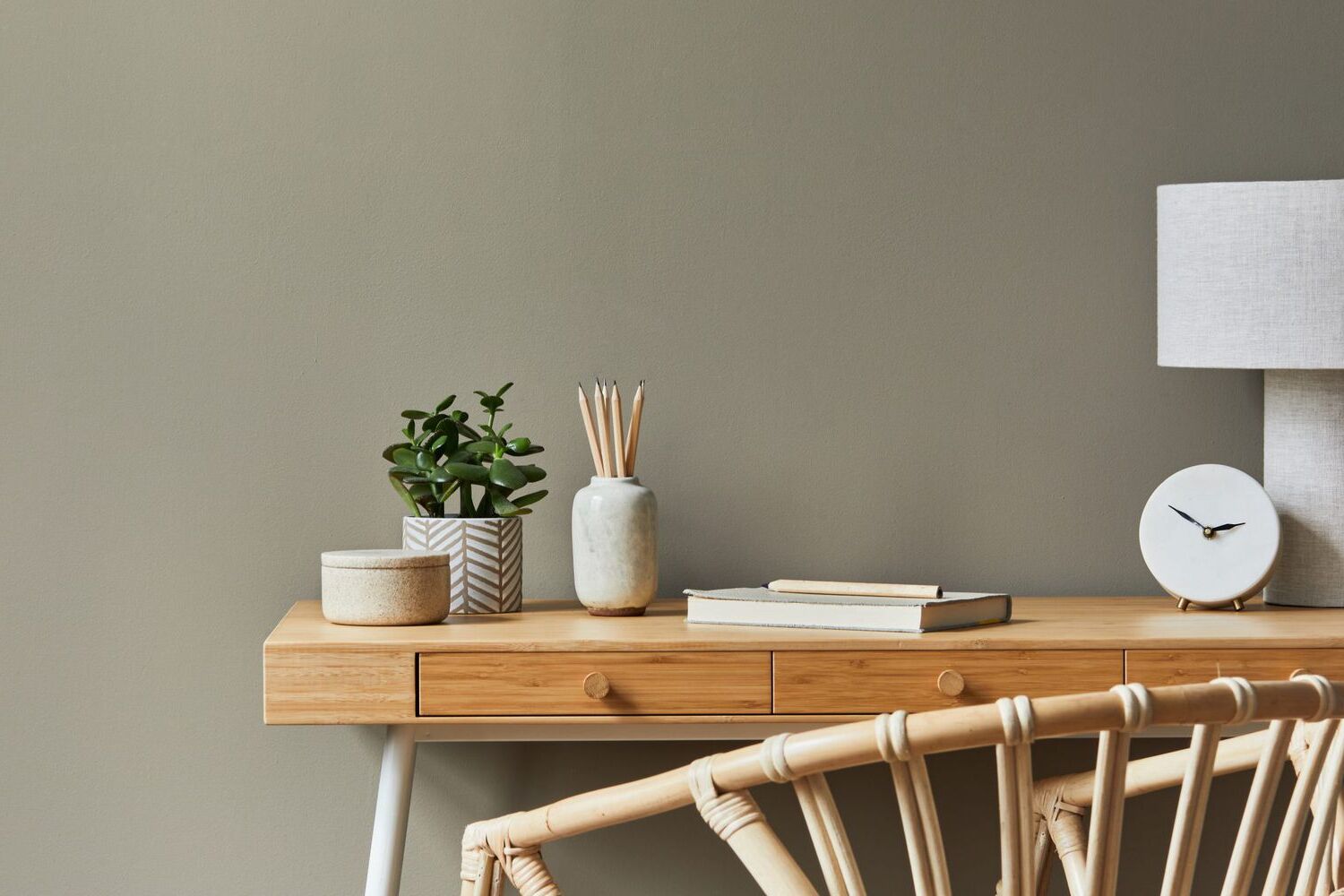
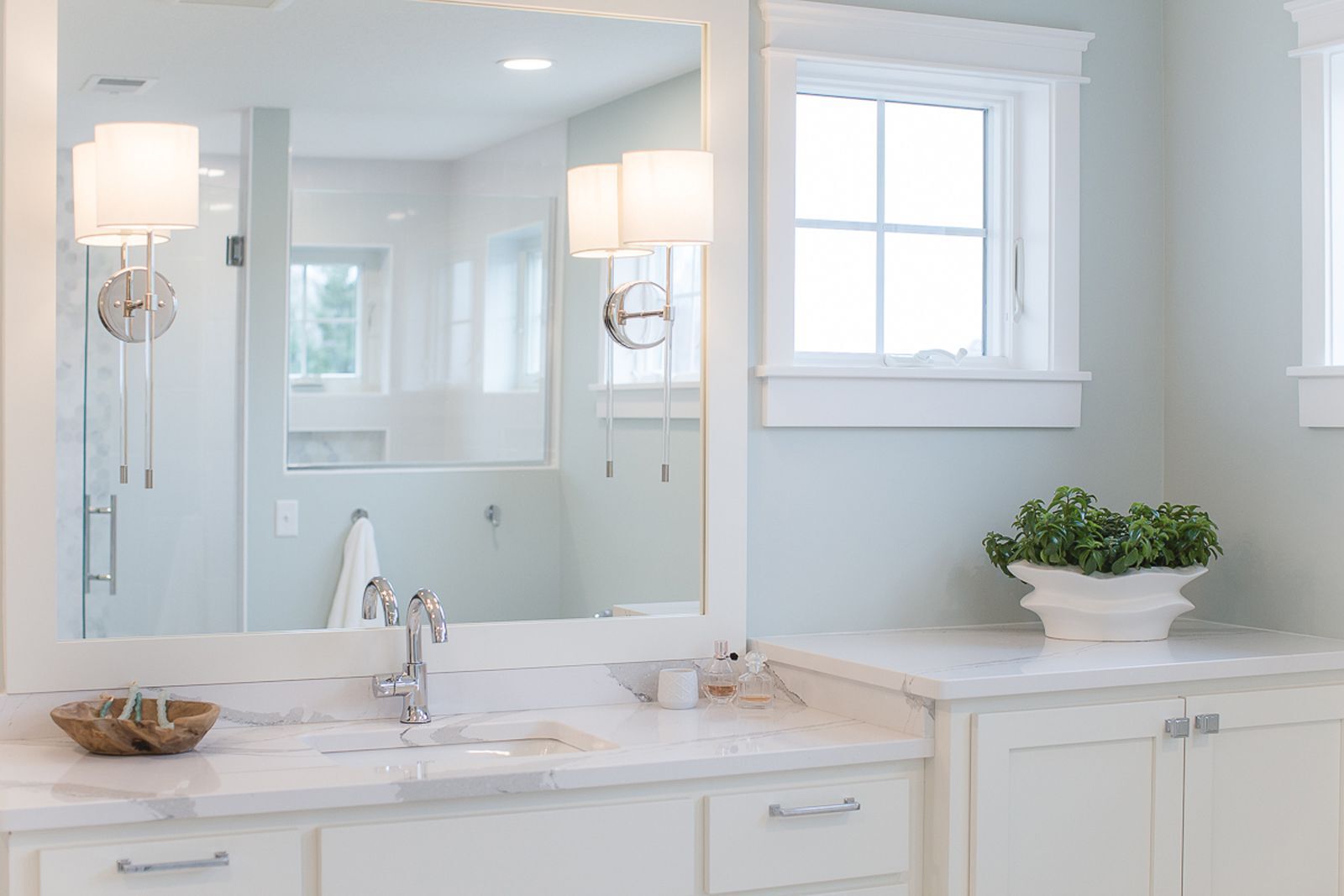
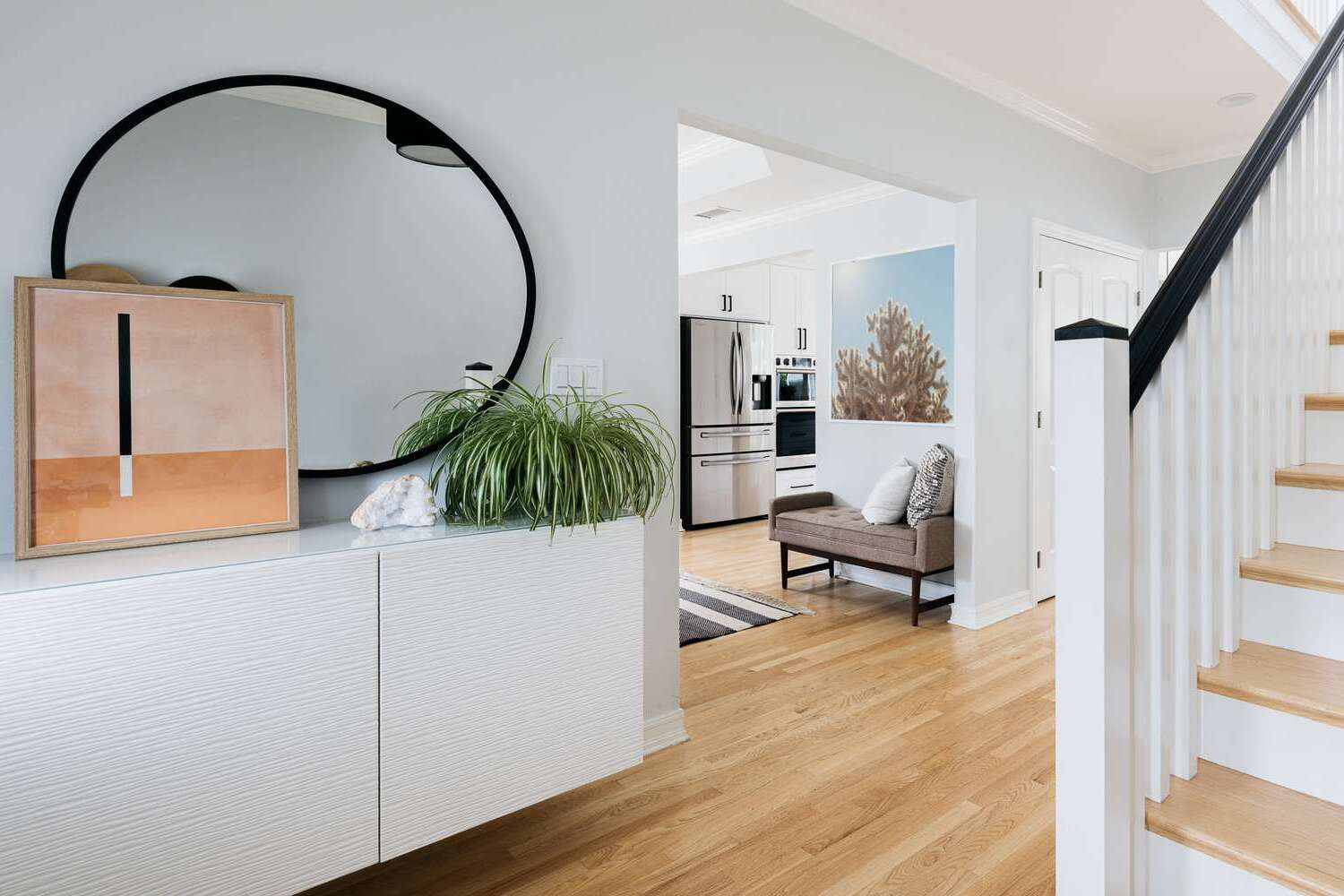
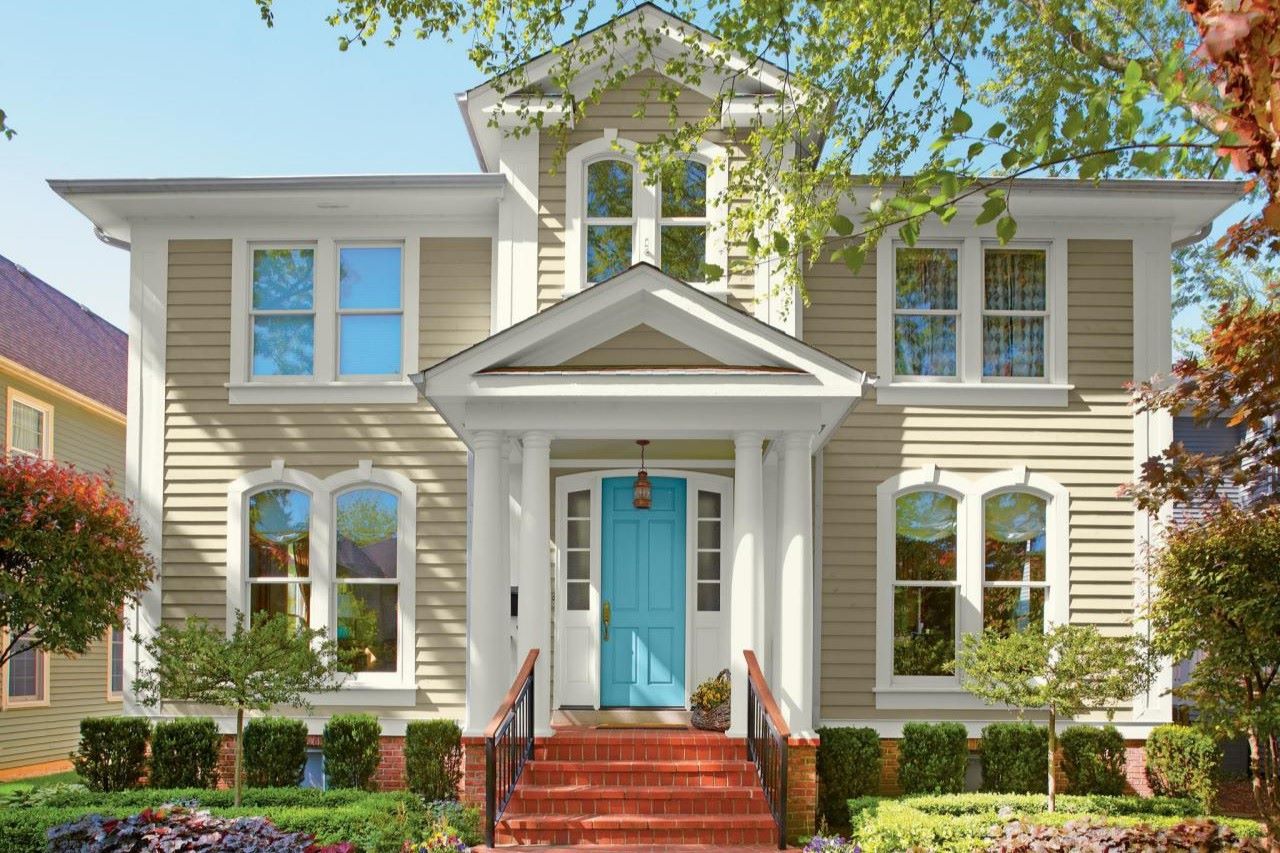
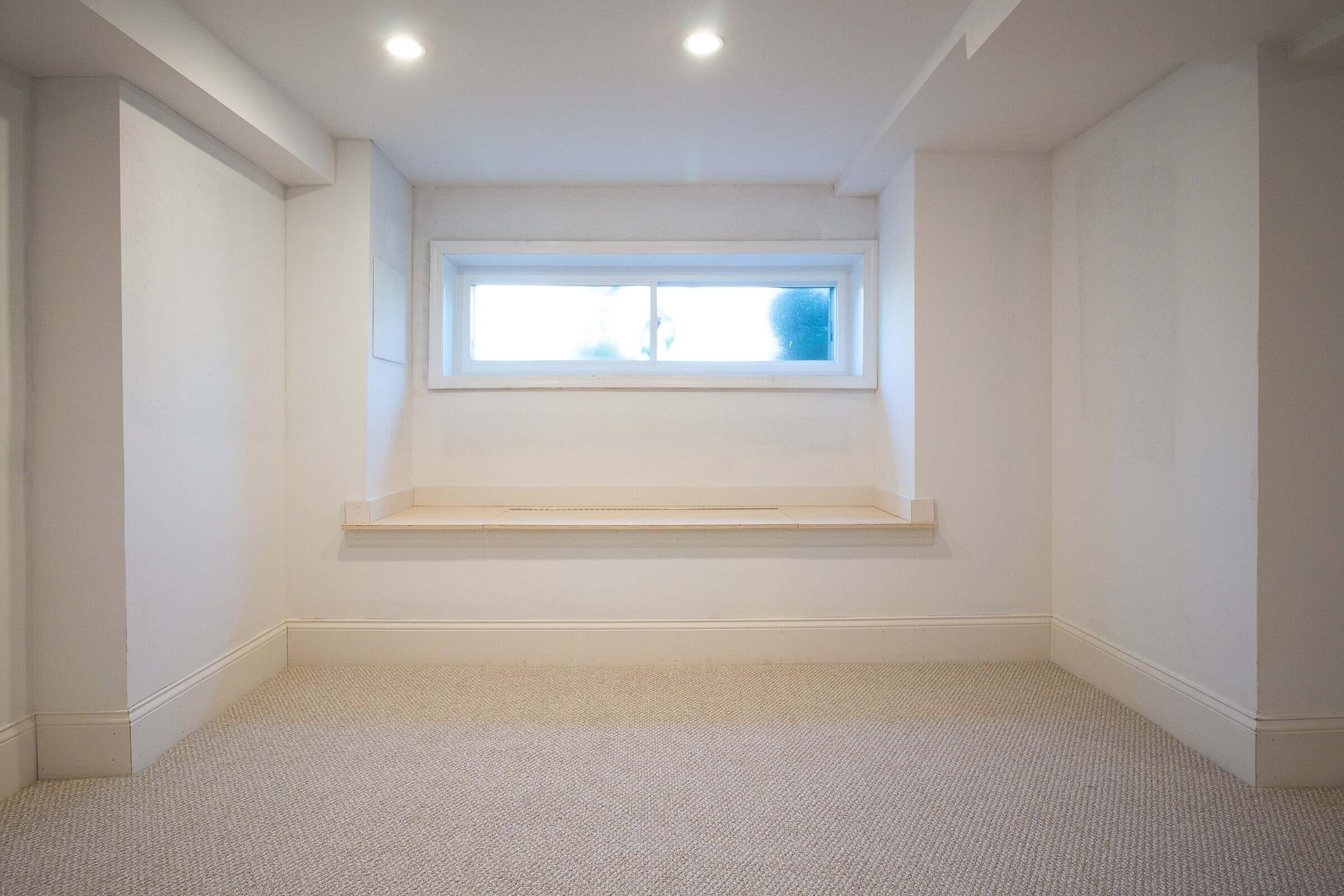
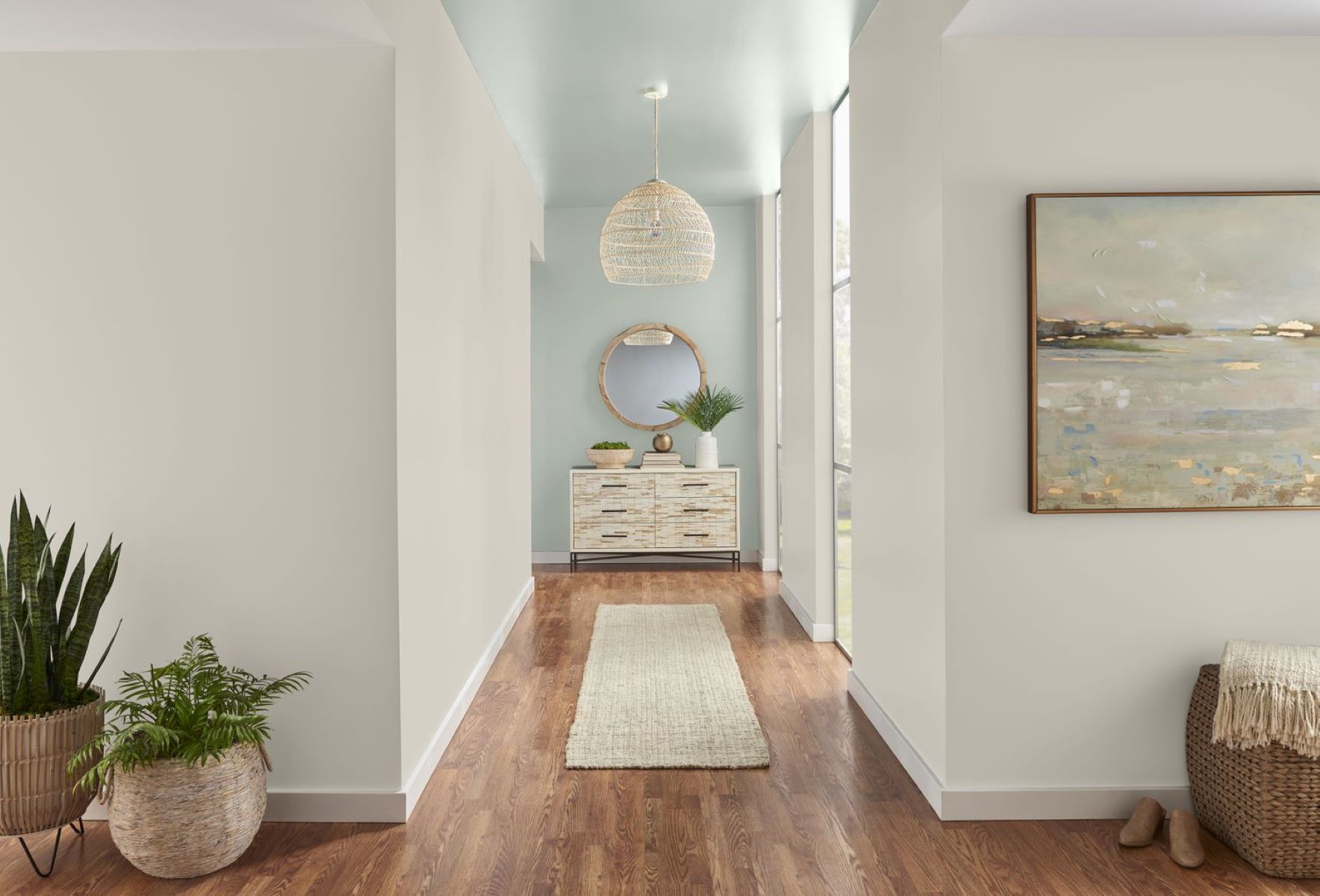
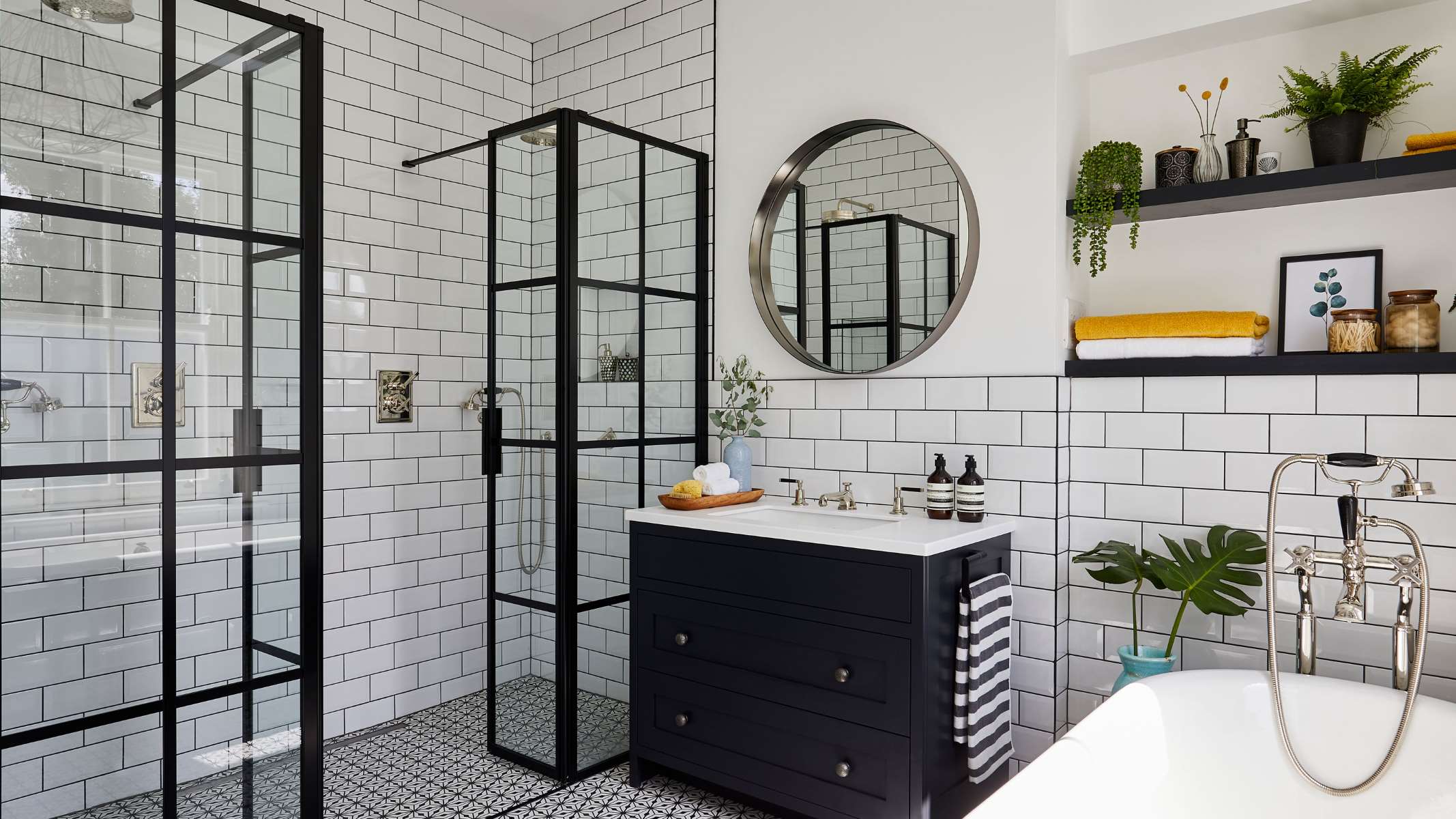
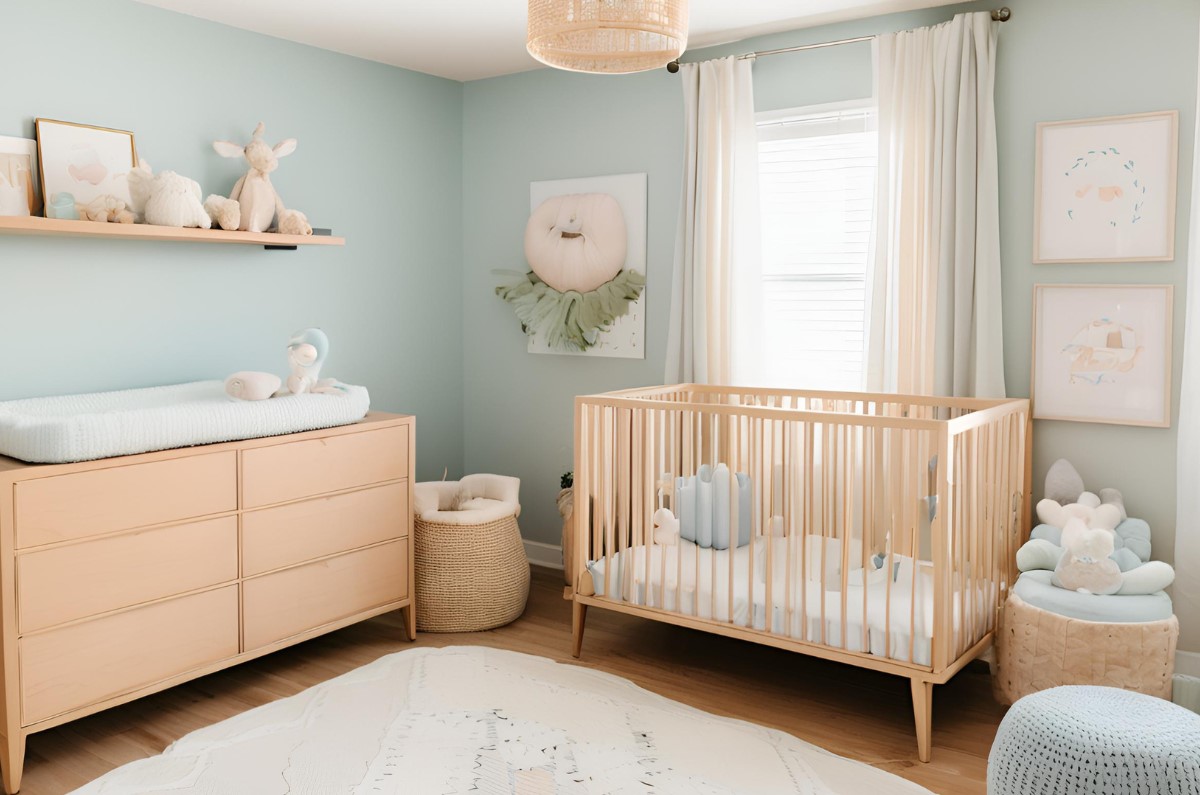
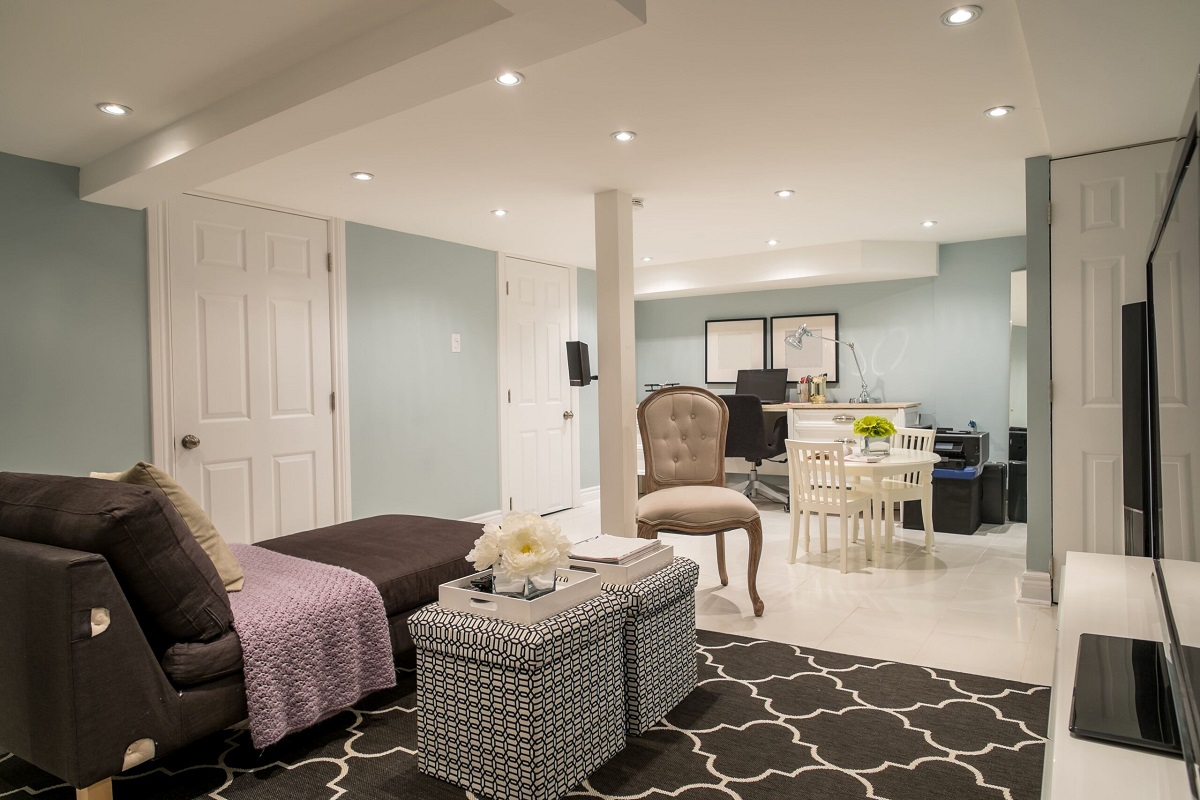
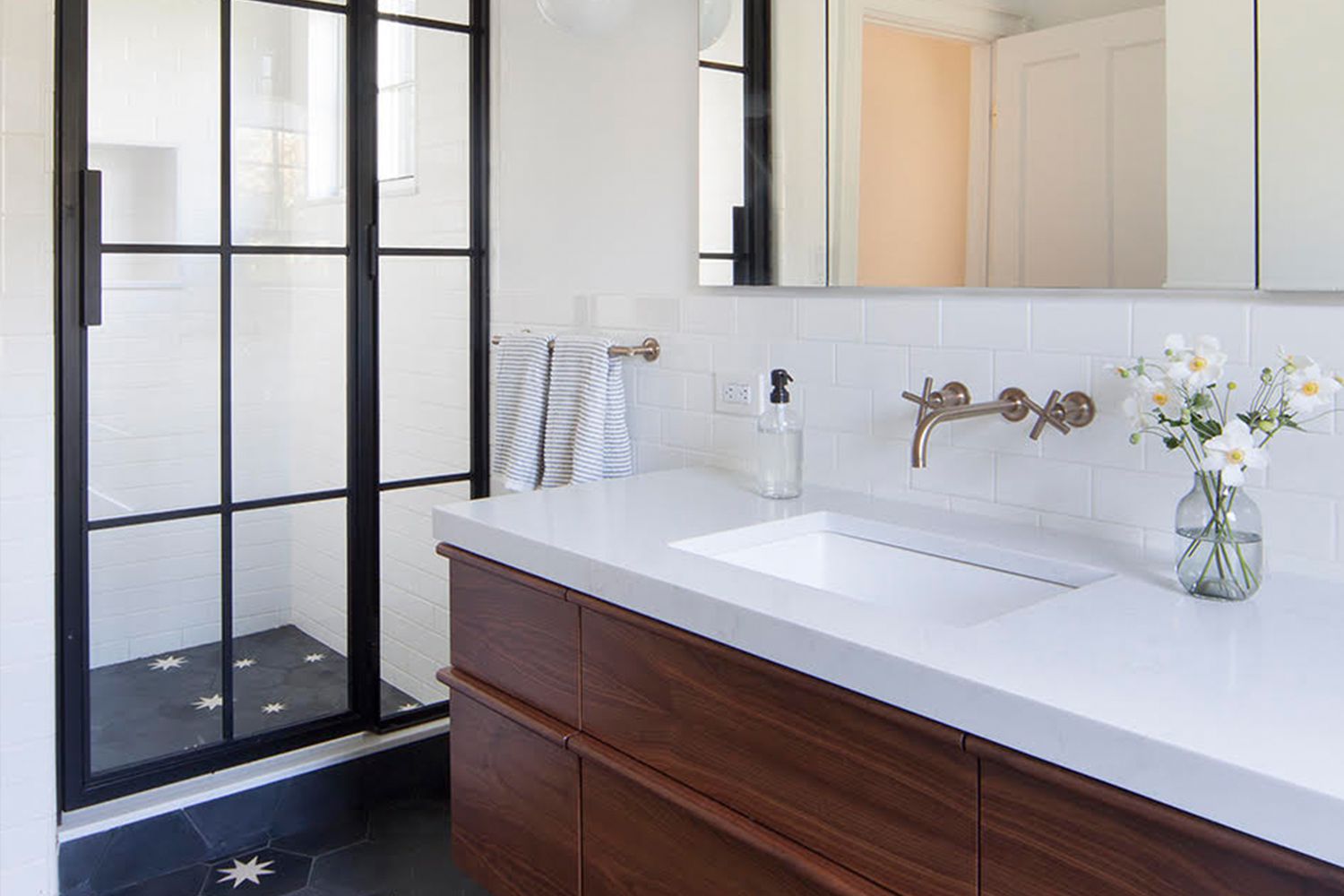
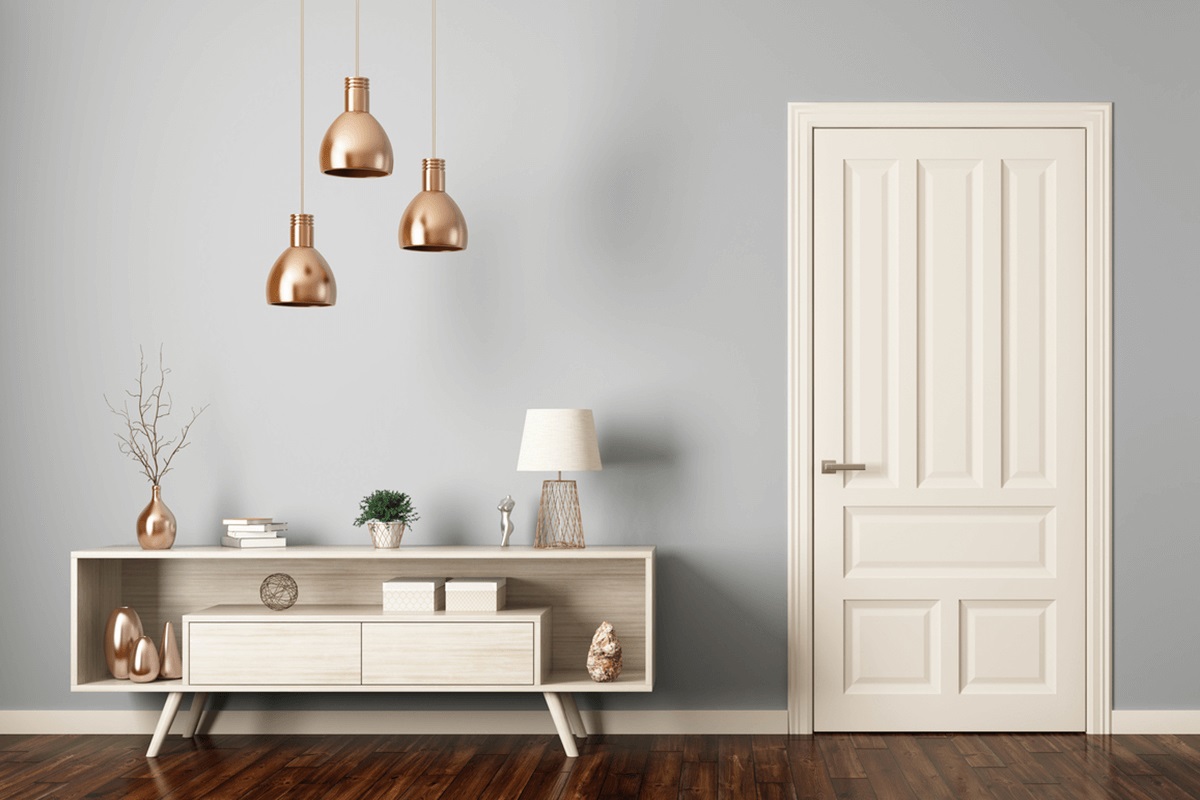
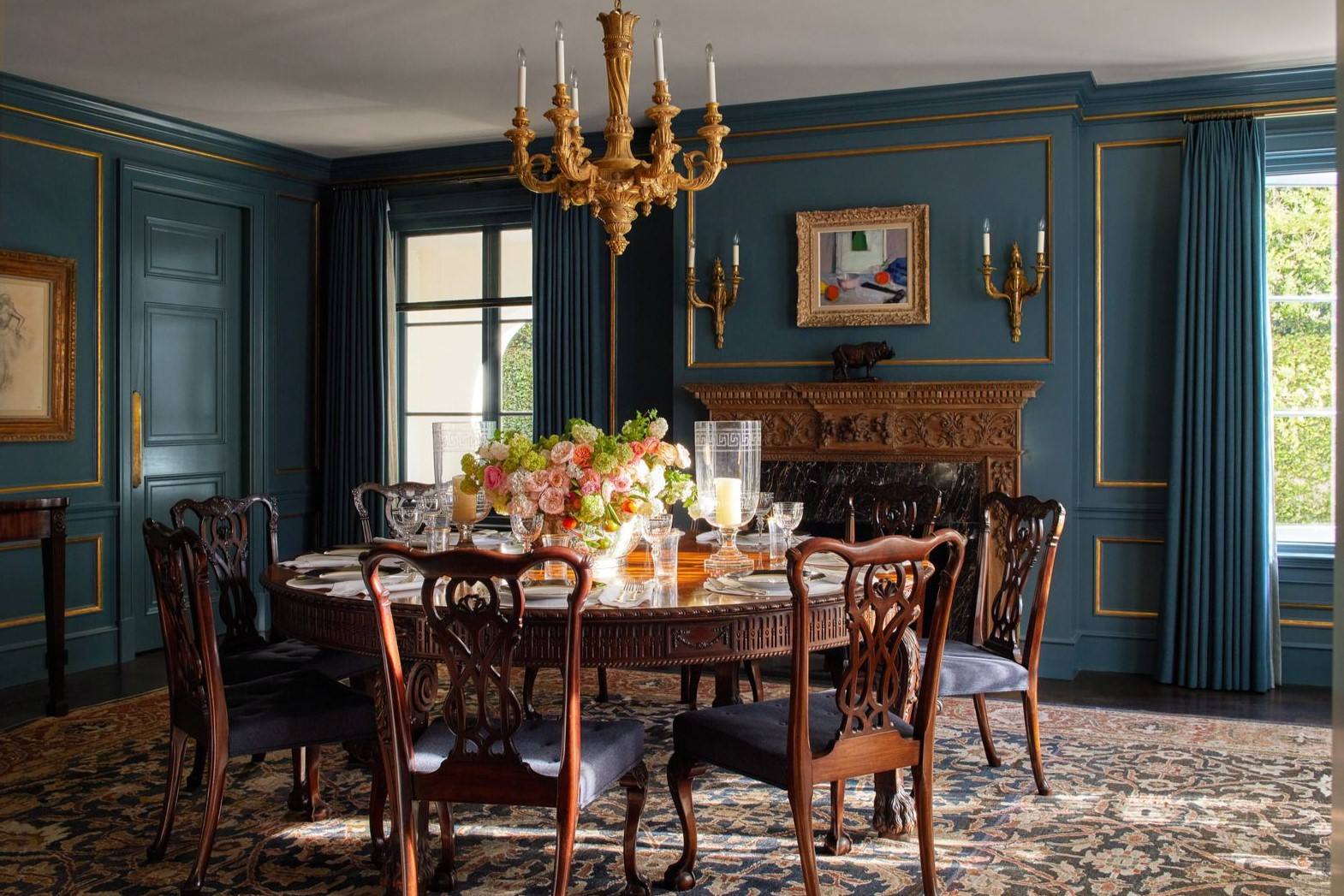
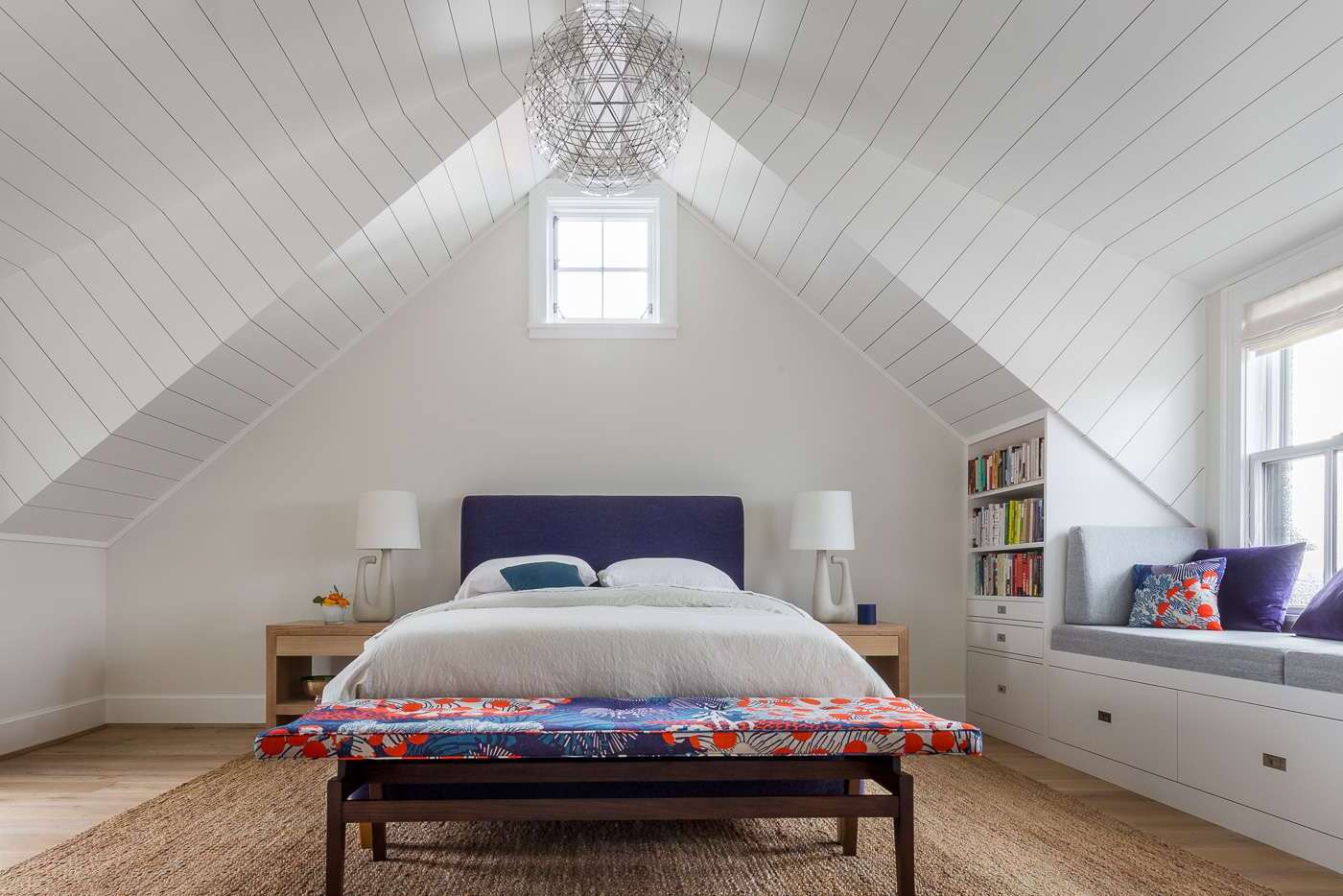
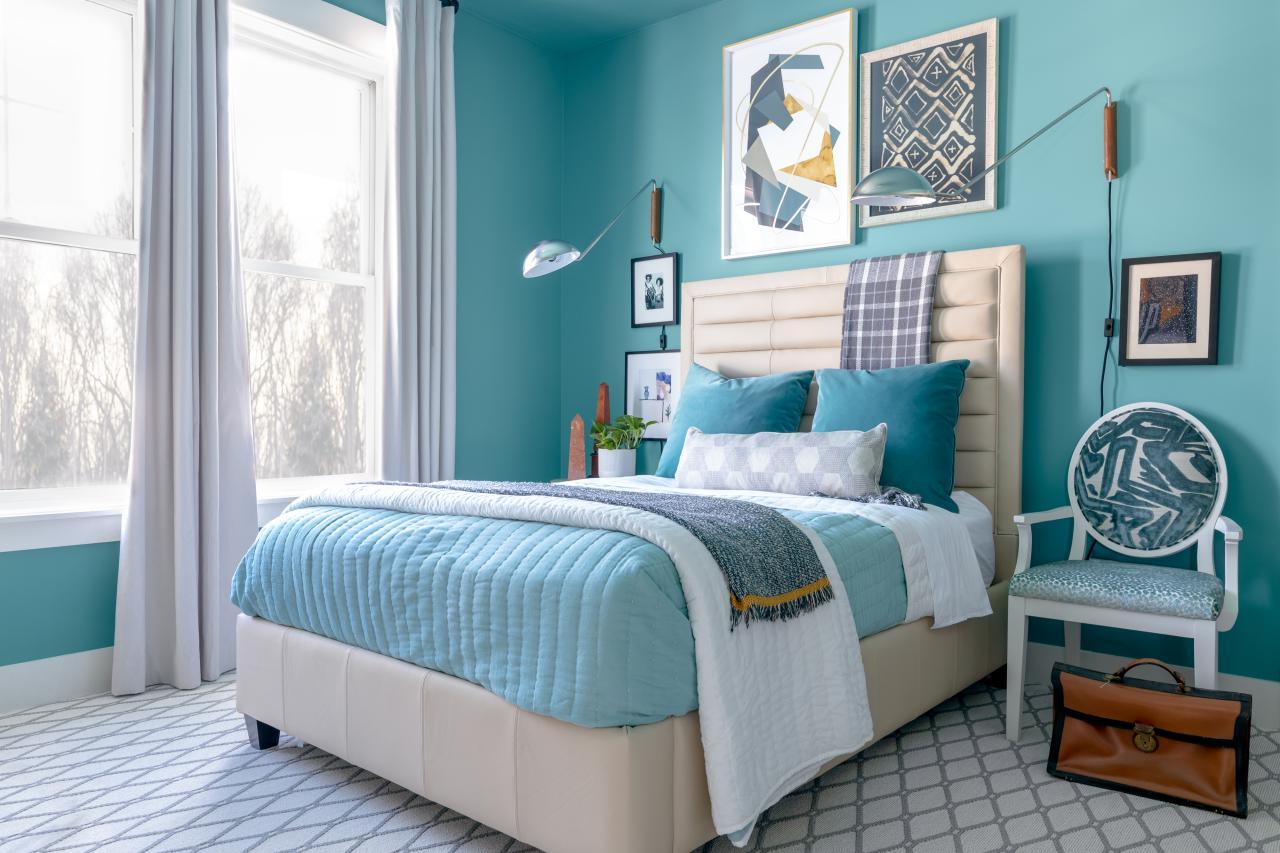

0 thoughts on “How To Choose The Right Paint Colors For A Small Bathroom”